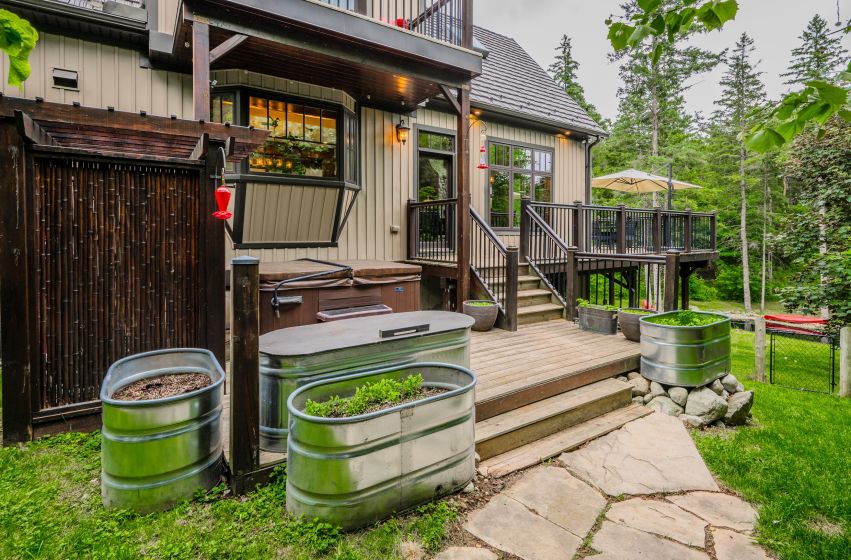Grow Your First Garden: A Beginner’s Guide
Starting a garden can feel intimidating, but it’s easier than you think. Whether you have a big backyard or a small balcony, growing plants is something anyone can do. Here’s a simple guide to help you get started, from choosing the right space to finding seeds and soil.
1. Do You Have the Space?
The first step is figuring out where you’ll put your garden. You don’t need a huge yard to start. Container gardens work well on balconies, patios, or even windowsills. If you have more space, consider a small raised bed or a small plot in the ground. Make sure the area gets enough sunlight; most plants need at least 6 hours of sunlight each day.
2. Choose Easy-to-Grow Plants
Start with plants that are beginner-friendly. If you’re new to gardening, herbs like basil, mint, or thyme are a great choice. For flowers, marigolds and sunflowers are easy to care for. If you want to grow food, tomatoes, lettuce, and radishes are great options for beginners.
3. Where to Get Seeds
You can find seeds at local garden centers, home improvement stores, or even online. Many garden stores also offer starter plants that you can simply transplant into your garden. If you're unsure what to pick, ask the store staff for advice on what grows well in your area and climate.
4. Get the Right Soil
Healthy soil is the foundation of any garden. For a raised bed or garden plot, look for nutrient-rich soil or compost, which you can find at garden centres. If you're using containers, buy a good-quality potting mix that’s designed for the type of plants you’re growing. Good soil helps your plants grow stronger and thrive.
5. Containers or the Ground?
If you're using containers, make sure they have drainage holes to prevent overwatering. If you’re planting in the ground, loosen the soil with a shovel or garden fork. You can also add compost to improve the soil’s quality.
You can also add compost to improve the soil’s quality. If you’re unsure, you can ask at a local garden centre about the best soil for your plants.

6. Watering Your Plants
If you're using containers, make sure they have drainage holes to prevent overwatering. If you’re planting in the ground, loosen the soil with a shovel or garden fork. You can also add compost to improve the soil’s quality. If you’re unsure, you can ask at a local garden centre about the best soil for your plants.
7. Tools You Need
You don’t need fancy tools to start a garden. At a minimum, you’ll need a small trowel or spade, a watering can or hose, and gloves to protect your hands. If you’re working in the ground, a garden fork or rake can help loosen the soil.
7. Learn as You Go
Starting a garden can be a fun new project. It’s all about trying new things and learning as you go! By choosing easier plants, using the right soil, and starting with a small space, you’ll be well on your way to creating a garden you’re proud of, just like the rest of your home. With a little patience and care, you’ll soon enjoy the satisfaction of growing your own plants and adding beauty to your space.
Happy Gardening!
Where to Start with Spring Cleaning?
Check out our Spring Cleaning Checklist.




